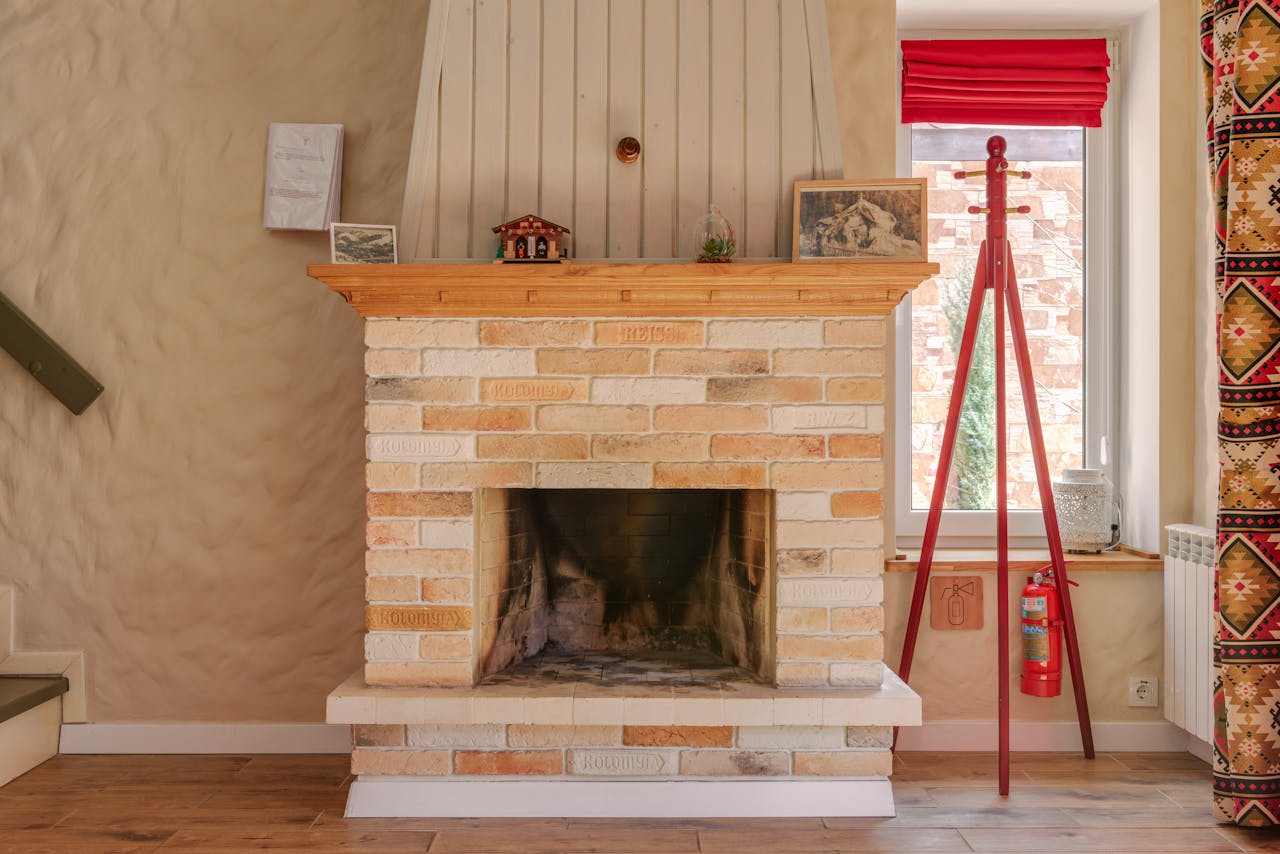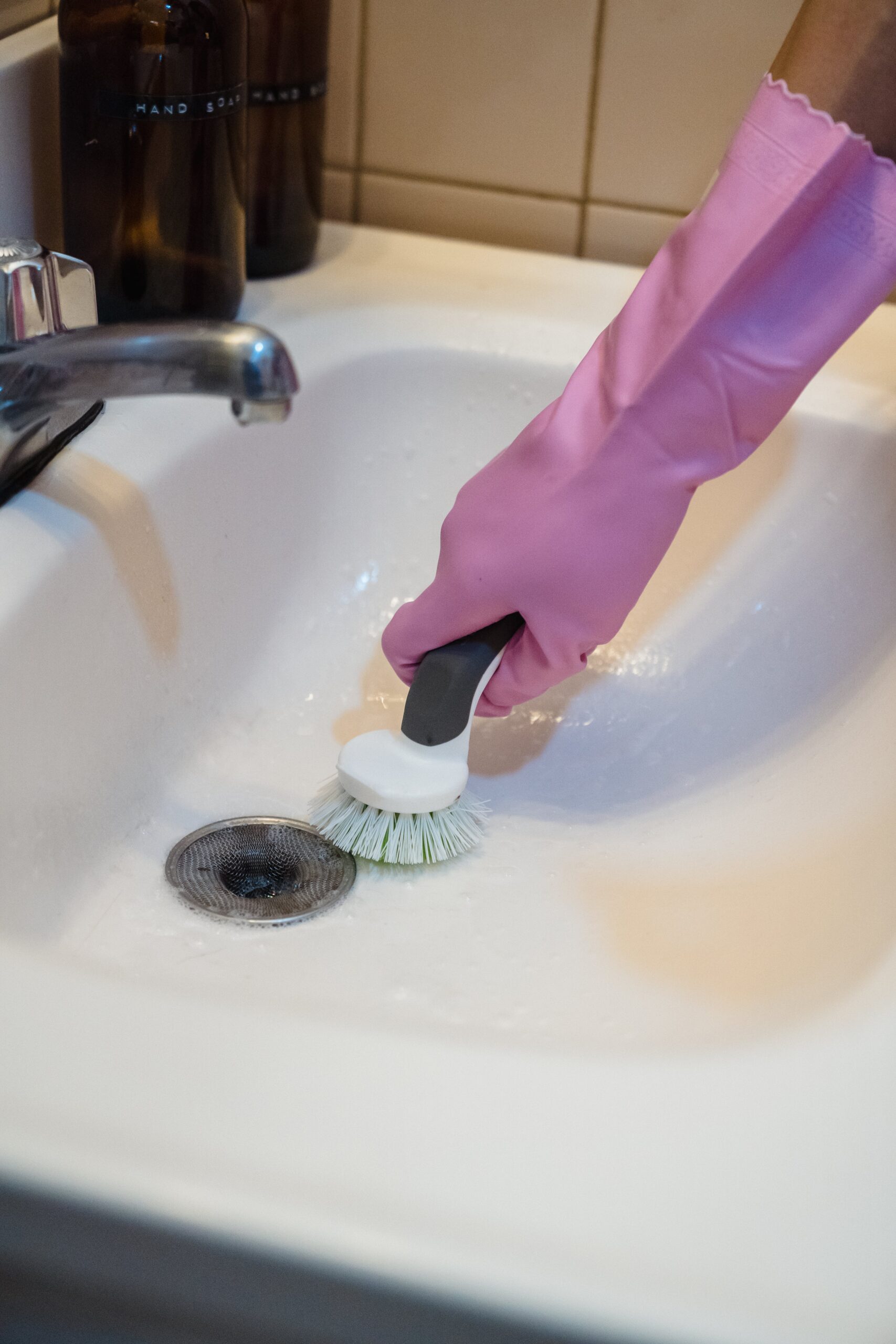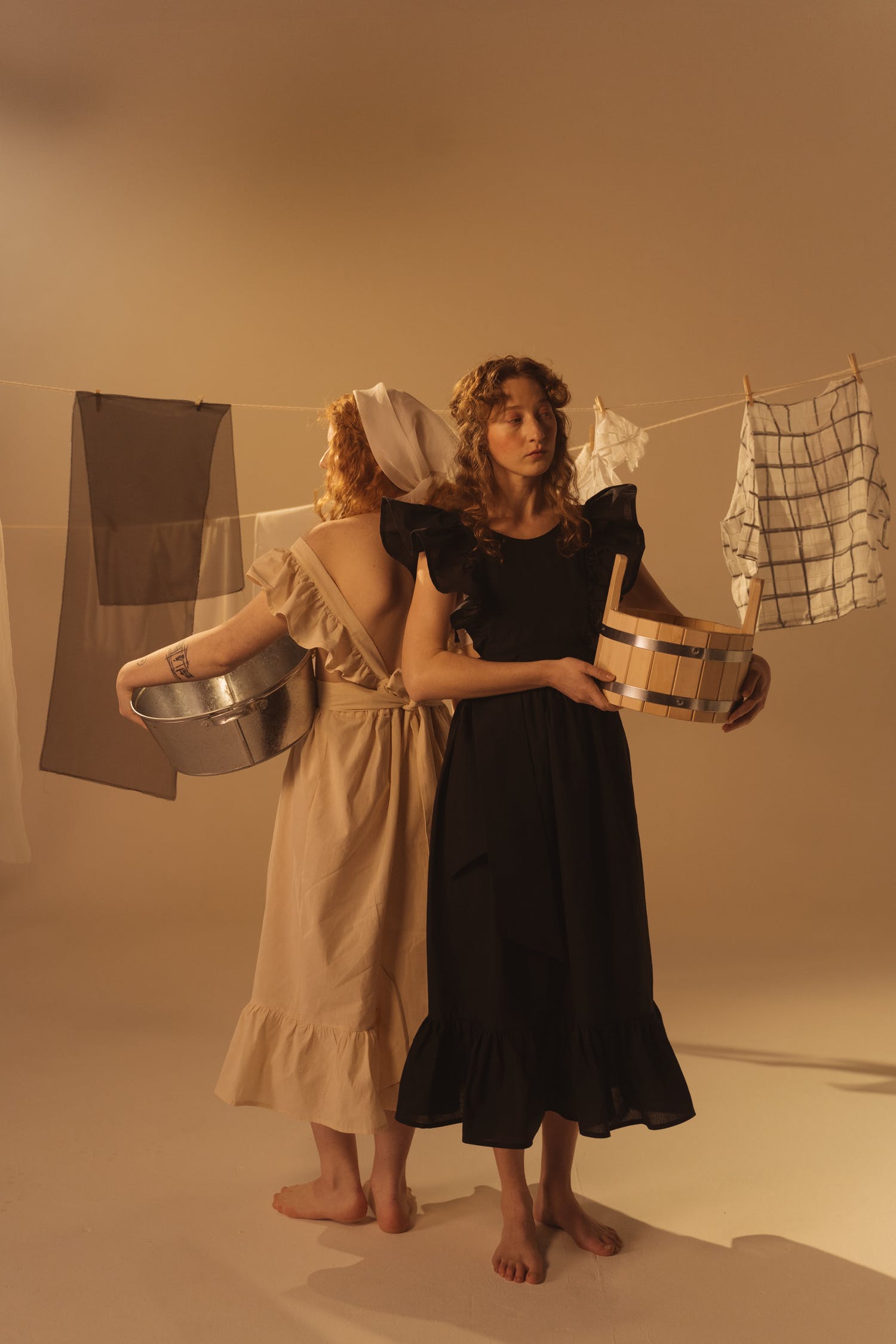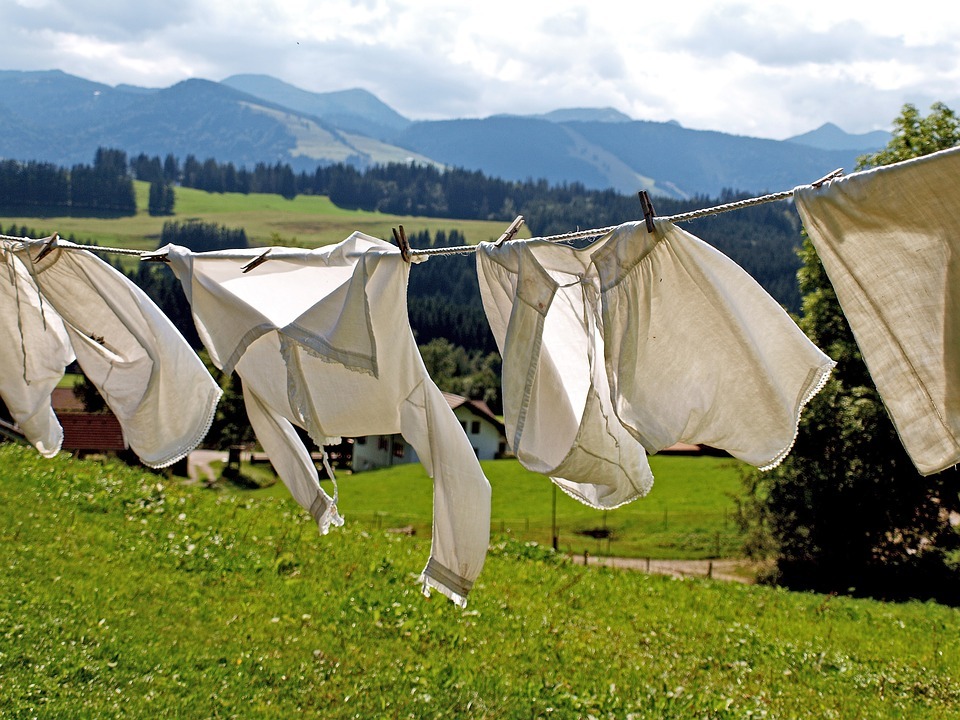How to Clean Carpets After a Flood
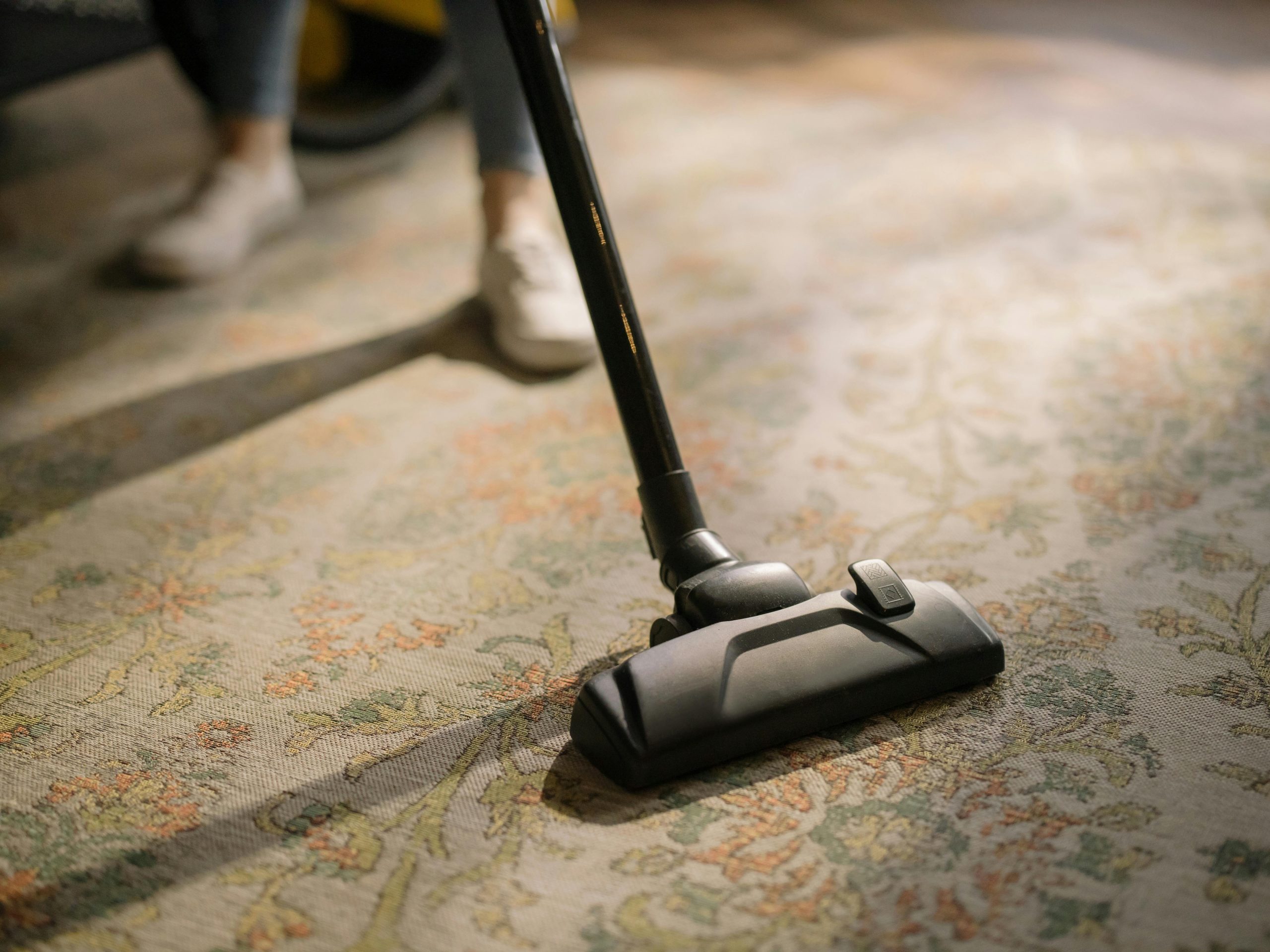
Floodwater brings in mould spores, bacteria, and a whole host of unpleasant smells that no scented candle can cover. Left too long, that wet rug can become a full-blown health hazard.
Here’s how to salvage your carpets and stop the damage in its tracks.
Size Up the Situation
Before you launch into full recovery mode, take a moment to assess the damage. Some carpets can be salvaged. Others aren’t so lucky.
Start by checking for obvious red flags—musty smells, heavy staining, or any signs of mould. If it looks like a science experiment or smells like a swamp, it’s probably not worth saving.
If all looks good, that’s great. However, water is quite resourceful, so shift any furniture off the rug and get a closer look. You'll probably find a few puddles here and there. Use a wet vacuum to extract as much water as you can.
If you can’t find a vacuum with that option, just blot the area with clean towels. You’d have to use lots of them and press down hard to soak up the moisture.
Next, lift the edges of the carpet to check underneath. If the underlay is completely soaked through, chances are it won’t dry properly and should be removed. Unfortunately, the underlay tends to hold onto water like a sponge, and mould loves a sponge.
Speed is everything here. The longer your carpet stays wet, the more likely it is that mould will move in. Act fast, and you’ll have a decent shot at saving your floors.
Bring Your Carpet Back to Life
Drying your carpet is only half the battle. Once the excess water is removed, it’s time to address the unsightly stains and lingering odours left by the floodwater.
Prepare a Mild Cleaning Solution
Start with a simple solution made from mild detergent and warm water. It’s gentle on carpet fibres but tough on grime.
If the smell still reminds you of a damp basement, add white vinegar to the mix. It’s a natural deodoriser, great at killing bacteria, and a lot cheaper than fancy cleaners.
Use the Right Amount
Dip a soft cloth or sponge into your solution and gently blot or scrub the stained areas. The goal is to lift the dirt, not drench the carpet all over again.
For stubborn stains like mud, let the cleaner sit for a few minutes before scrubbing. It gives the solution time to break things down, making your job much easier.
Rinse and Refresh
Once the stains are tackled, rinse with clean water to remove any leftover soap or vinegar.
Soapy residue can actually attract dirt, making your carpet feel gritty and rough underfoot. Instead of plush comfort, it becomes stiff and uninviting, with clumps of dirt or sticky patches that disrupt its once-soft flow.
Use a wet vacuum, if you have one; otherwise, go back in with fresh towels and press out as much moisture as possible.
Dry Your Carpet Thoroughly
With stains and odours addressed, the next priority is drying your carpet thoroughly to prevent mould and restore its smooth texture. In most cases, proper drying restores the rug’s plush, cosy state.
Open windows and doors to welcome a stream of fresh air, which hastens evaporation and breathes life back into your carpet. Position fans around the room to direct a steady breeze across the surface, guiding moisture outward.
Try to prop up the carpet’s edges using small objects, like books or wooden blocks, to allow air to circulate underneath. This is the best way to prevent damp pockets and their mouldy visitors.
A dehumidifier is a game-changer, drawing moisture from the air and accelerating drying while keeping mould at bay. If you have one, place it strategically in the room, and adjust the settings to maintain low humidity, especially in damp climates.
Every few hours, do a touch test. If some parts still feel damp, adjust your setup. Shift a fan, empty the dehumidifier, or open more windows. Drying might take a while, but rushing it just invites trouble. Patience pays off here.
Spot and Stop the Mould
Mould doesn’t always announce itself with a green fuzz. Sometimes, it’s a quiet troublemaker, lingering as a musty smell, or a faint discolouration that sneaks up on you. So don’t wait for obvious signs.
Check your carpet and underlay carefully, especially in the spots that were soaked. If it smells earthy, looks patchy, or just feels off, it’s time to take action.
Mix equal parts white vinegar and water in a spray bottle or bowl. Apply it to any affected areas and let it sit for a few minutes to break down the mould. Then, scrub gently with a soft brush or cloth. There’s no need to go full elbow grease.
Once it’s dry, sprinkle baking soda over the area. It helps absorb leftover moisture and prevents the mould from coming back. Leave it overnight, then vacuum up the powder the next day.
Remember: none of this works if the carpet is still damp. So circle back to those drying techniques—airflow, fans, and patience. Mould hates a dry, well-ventilated space. Give it one, and you’ve already won half the battle.
Keep Your Carpet Looking Sharp
Once your carpet is fully dry and back in business, a little regular upkeep goes a long way. You don’t need to baby it, just give it the same attention you’d give anything you care about.
Start with consistent vacuuming, especially in high-traffic areas, like hallways and lounge areas. It stops dirt from settling in and damaging the fibres.
Try to spruce up your carpet with a steam cleaner from time to time. It helps remove embedded grime, revives the texture, and brings back the original colour, especially after a rough season.
If you have an underlay, that’s good news. It’s not there just for comfort. Actually, it cushions against wear and gives your carpet a bit more resilience over time.
And if you want to keep things looking even, rotate your furniture every so often. It prevents permanent indentations and avoids that uneven look in specific spots.
Finally, don’t underestimate the power of airflow. A well-ventilated home helps prevent mould and keeps your carpet smelling fresh. Opening a window every now and then can make a difference.
That’s really it. No need for overkill. Just do regular care, plus the occasional refresh, and your carpet will keep looking good for a long time.
A Final Cleanup
If you’re cleaning for the end of lease day, don’t let the carpet trip you up. How the flooring looks can make or break your bond refund. Even if the flood is a distant memory, odd stains or a lingering smell can raise eyebrows during inspection.
If the carpet is still showing signs of water damage or if you simply want to play it safe, consider bringing in professional carpet cleaners. They know exactly what landlords look for and can get your floors inspection-ready.
Conclusion
Floods are disruptive, yes—but they don’t get the final say. You can take back your space and make it feel like home again.
Carpets may seem fragile, but they’re more resilient than they look. So take a breath, roll up your sleeves, and get started.
If you need a hand, that’s totally fine. Reach out to an expert cleaner who’s dealt with flood recovery before. It could mean the difference between a carpet that looks fine and one that actually is.

